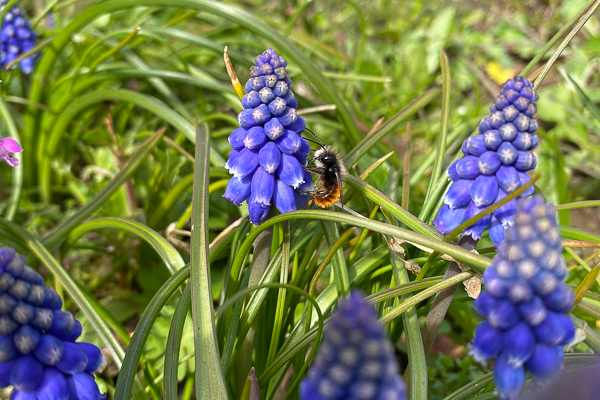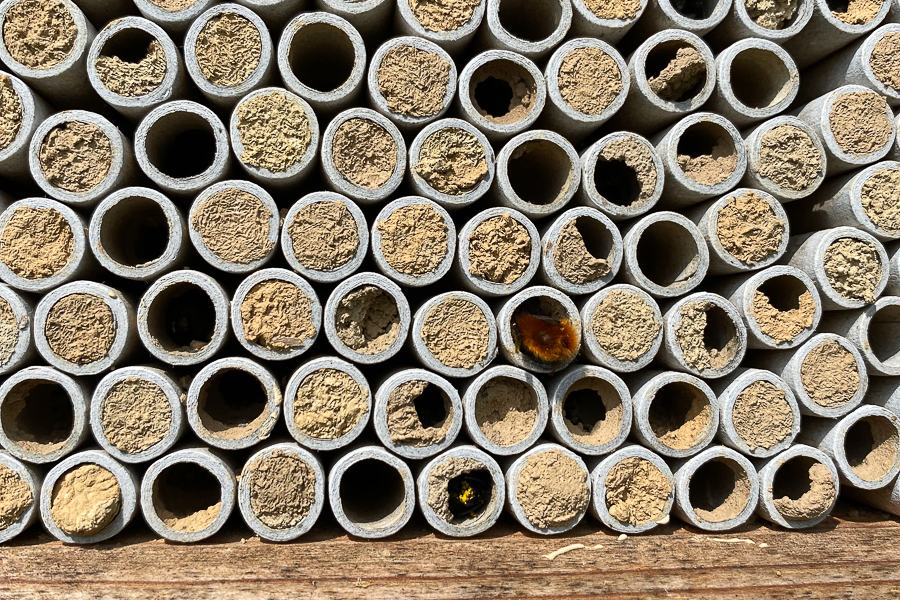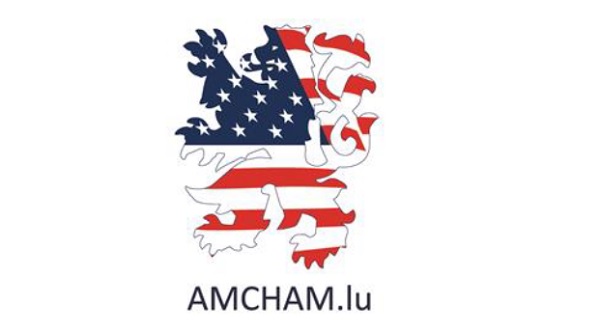 European Orchard Bee;
Credit: Nathalie Grotz
European Orchard Bee;
Credit: Nathalie Grotz
Luxembourg has what is known as a Temperate Climate in which winters are generally mild and summers comparatively cool, with rainfall that can be high; its flora and fauna have thrived in, and adapted to, this climate over the centuries and millennia, with ongoing challenges due to pollution and recent climate change, as well as the introduction of non-native species, resulting in disruptions to the norm.
Nevertheless, with various initiatives and organisations helping the ecosystem and habitat, including sustainability and re-wilding, there is a lot happening in nature across the Grand Duchy.
Chronicle.lu has teamed up with natur&emwelt (the non-profit organisation (naturemwelt), the foundation (Hëllef fir d'Natur) and the Wildlife Care Centre (Flegeestatioun)) for a series of articles on Luxembourg's fauna in which we look at various mammals, birds, insects, amphibians and aquatic animals, as well as touching on vanishing species returning to Luxembourg, focussing on their lifestyle and habitat, including when and where to observe them.
No.6 in this series focuses on the European Orchard Bee.
Introduction
Did you know that, aside from honey bees, there are over 330 wild solitary bee species? The European orchard bee is one of them and plays a crucial role in spring pollination. This peaceful bee supports local biodiversity and helps fruit trees thrive.
The European orchard bee (Osmia cornuta) is a robust, medium-sized bee measuring 10–14 mm. Females have a black body with dense reddish-orange hairs on the abdomen, while males are smaller, with lighter-coloured hairs and pale faces. Their wings are compact and slightly rounded. Unlike honeybees, they nest alone and have strong mandibles for working with plant material. These features help them thrive in natural cavities, wood holes or "bee hotels", which are common in Luxembourgish gardens and nature reserves.
Lifestyle
In Luxembourg, European orchard bees become active in early spring, usually March through May. Females build solitary nests in pre-existing holes, often in bee hotels or wooden structures. Each nest contains several chambers, stocked with pollen and nectar as food for the larvae. After laying an egg in each chamber, the female seals it with mud. Larvae develop over summer, overwinter in cocoons, and emerge next spring. Males hatch first and wait near nests to mate. These bees are excellent pollinators of Luxembourg’s apple, cherry and plum trees, making them essential for both wild and cultivated landscapes.
Habitat
These bees thrive in temperate environments, especially in areas with abundant spring-flowering plants. They are commonly found in orchards, gardens, forest edges and meadows with suitable nesting cavities nearby. Urban and rural environments alike can host them, provided there are early blooms and nesting opportunities. Human-made bee hotels have increased their range and visibility in managed landscapes. They prefer sunny, sheltered spots for nesting to ensure warmth during their active period.
Where and When to Observe It
Look for European orchard bees in Luxembourg from early March to late May. They are active on warm, sunny days and are commonly seen in orchards, public parks, nature reserves and home gardens, like in the Haus of Nature in Kockelscheuer. Many municipalities install "bee hotels" to support these pollinators, especially during fruit tree blossom season. Regions like Mullerthal, Guttland, or the Moselle Valley—with their mix of rural gardens and orchards, offer excellent observation opportunities. Mornings and early afternoons are the most active times to spot them.
Visit flowering orchards or gardens in early spring. Stand near bee hotels or tree blossoms and wait quietly. These bees are not aggressive and tolerate close observation. One can use a macro lens to admire their fuzzy bodies and pollination work.










